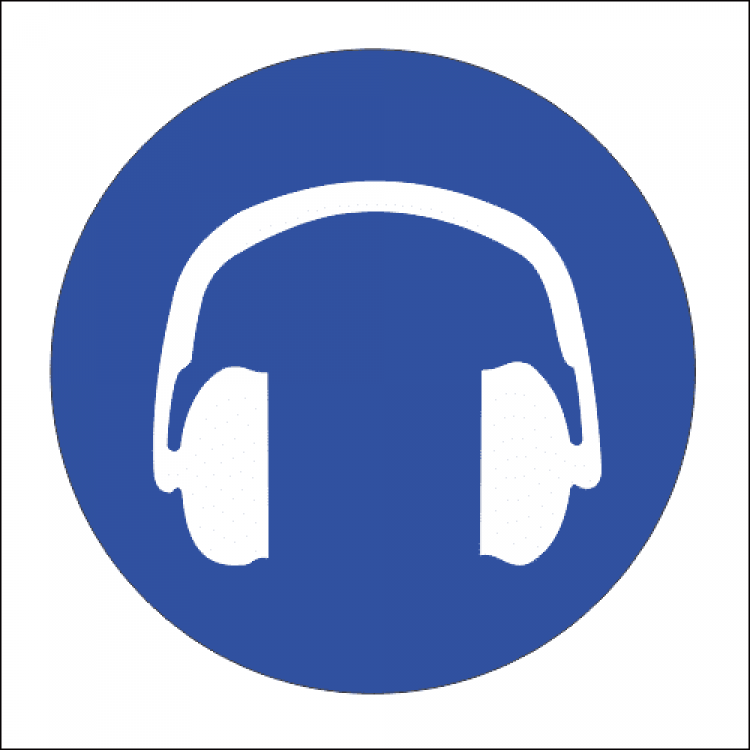
Il est essentiel de choisir les bons produits de protection auditive pour préserver votre audition dans les environnements bruyants. Le choix dépend de plusieurs facteurs, notamment le niveau de bruit, vos besoins spécifiques, le confort et l'environnement. Voici quelques conseils pour vous aider à choisir une protection auditive appropriée :
Évaluer les niveaux de bruit :
Déterminez le niveau de bruit sur votre lieu de travail ou dans votre environnement. Il se peut que vous ayez besoin d'une évaluation professionnelle du bruit pour mesurer avec précision les niveaux sonores. Cela vous aidera à comprendre le niveau de protection requis.
Comprendre les types de protection auditive :
Se familiariser avec les différents types de produits de protection auditive :
Bouchons d'oreille : Petits dispositifs insérables dans le conduit auditif.
Couvre-oreilles : dispositifs portés sur la tête qui couvrent les oreilles.
Protecteurs auditifs dépendants du niveau sonore : Couvre-oreilles ou bouchons d'oreille qui ajustent la protection en fonction du niveau de bruit.
Protecteurs auditifs de communication : Permettent de communiquer tout en protégeant.
Tenez compte de l'indice de réduction du bruit (NRR) :
Recherchez l'indice de réduction du bruit (NRR) lorsque vous choisissez des bouchons d'oreille ou des protège-oreilles. Le NRR indique le niveau de réduction du bruit offert par le produit. Choisissez un produit dont le NRR est adapté à votre environnement sonore.
Ajustement et confort :
Veillez à ce que l'appareil soit bien ajusté. Une protection auditive mal ajustée peut ne pas fournir la réduction de bruit attendue. Essayez différentes tailles et différents types pour trouver le port le plus confortable.
Le confort est essentiel pour une utilisation prolongée. Choisissez des produits que vous pouvez porter confortablement tout au long de votre journée de travail.
Besoins en matière de communication :
Si vous devez communiquer tout en portant des protections auditives, optez pour des produits dotés de fonctions de communication intégrées ou qui permettent de les retirer ou de les ajuster facilement.
Durabilité et entretien :
Tenez compte de la durabilité du produit, en particulier si vous travaillez dans des environnements difficiles. Certains dispositifs de protection auditive sont plus robustes que d'autres.
Suivez les instructions du fabricant pour le nettoyage et l'entretien afin de garantir la longévité et l'efficacité du produit.
Facteurs environnementaux :
Tenez compte des facteurs environnementaux tels que la chaleur, l'humidité et la poussière lorsque vous choisissez une protection auditive. Certains produits peuvent être mieux adaptés à des conditions spécifiques.
Formation et éducation :
Former et éduquer les travailleurs à l'utilisation correcte des protections auditives. Veillez à ce qu'ils sachent comment ajuster, porter et entretenir leurs dispositifs de protection auditive.
Conformité réglementaire :
Assurez-vous que les produits de protection auditive sélectionnés sont conformes aux réglementations et normes locales, telles que ANSI S3.19 aux États-Unis ou EN 352 en Europe.
Tests réguliers :
Évaluer périodiquement l'efficacité de la protection auditive choisie par le biais d'une surveillance du bruit et de tests auditifs afin de s'assurer qu'elle offre une protection adéquate.
Consulter des experts :
Si vous ne savez pas quels produits de protection auditive sont adaptés à vos besoins spécifiques, pensez à consulter des professionnels de la santé et de la sécurité au travail ou des audiologistes qui pourront vous conseiller.
N'oubliez pas que la protection auditive est un aspect crucial de la sécurité sur le lieu de travail. Choisir les bons produits et les utiliser correctement peut aider à prévenir la perte auditive due au bruit et à protéger votre santé auditive à long terme.
 3M
3M Ansell
Ansell Dellta Plus
Dellta Plus Drager
Drager edelrid
edelrid Honeywell
Honeywell JUTEC
JUTEC lakeland
lakeland MSA
MSA Nouveau cochon
Nouveau cochon Weldas
Weldas